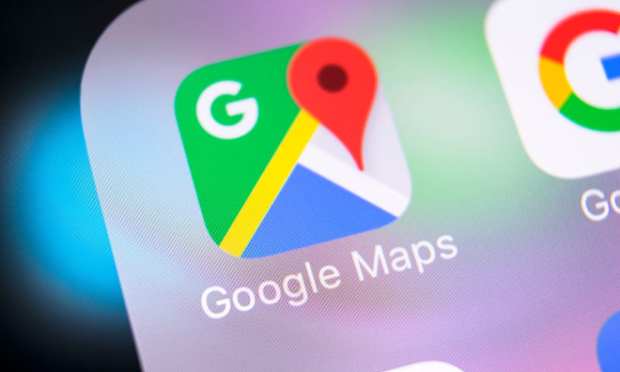DOJ Ramps up Google Maps Investigation

The U.S. Department of Justice (DOJ) is accelerating its investigation into whether Google Maps’ practice of bundling the service with other Google software goes against anti-competition practices, Reuters reported Wednesday (March 30).
The DOJ’s examination into Google began in 2020 and had gone dormant until the past few months, when investigators began sniffing around again, according to the report, which cited unnamed sources.
Google told Reuters it welcomes regulators’ questions and will cooperate with the two-pronged investigation. The DOJ declined comment on the matter to Reuters.
The investigation focuses on apps, including those used for navigation, that are offered through vehicles’ infotainment screens. It also focuses on app and website developers, the report stated.
The app portion of the probe targets the Google Automotive Services package for automakers, in which the search company bundles together Maps, the Google Play app store, Google Assistant and other services. Car companies can’t mix Google Maps with voice assistants by smaller rivals, according to the report.
Google said in the report the integration of the apps provides the best user experience and that other voice assistants can function with Google Maps in some cases.
The DOJ also wants to know more about Google’s requirement that if a website or app uses one Google technology, such as Google’s location search, the website or app developer cannot use maps or other technologies developed by Google’s rivals, according to the report.
In August, Google Maps added an integration with Spin eScooters and eBikes using the tool. Users can locate Spin vehicles in 84 towns, cities and campuses in the U.S., Canada, Germany and Spain while using the Google service.
Read more: Bike-Sharing Company Spin Integrates With Google Maps Allowing Users to Locate Available Vehicles
Users can see in real time the nearest Spin vehicles as well as other information, including how long it will take to reach the vehicles, estimated battery range and estimated arrival time.
